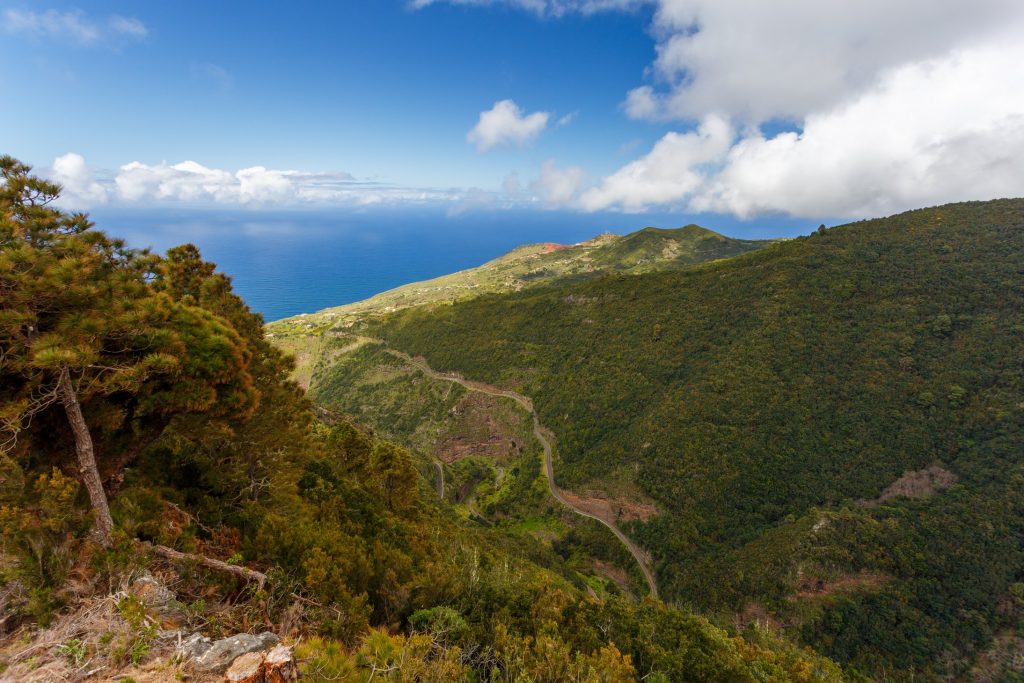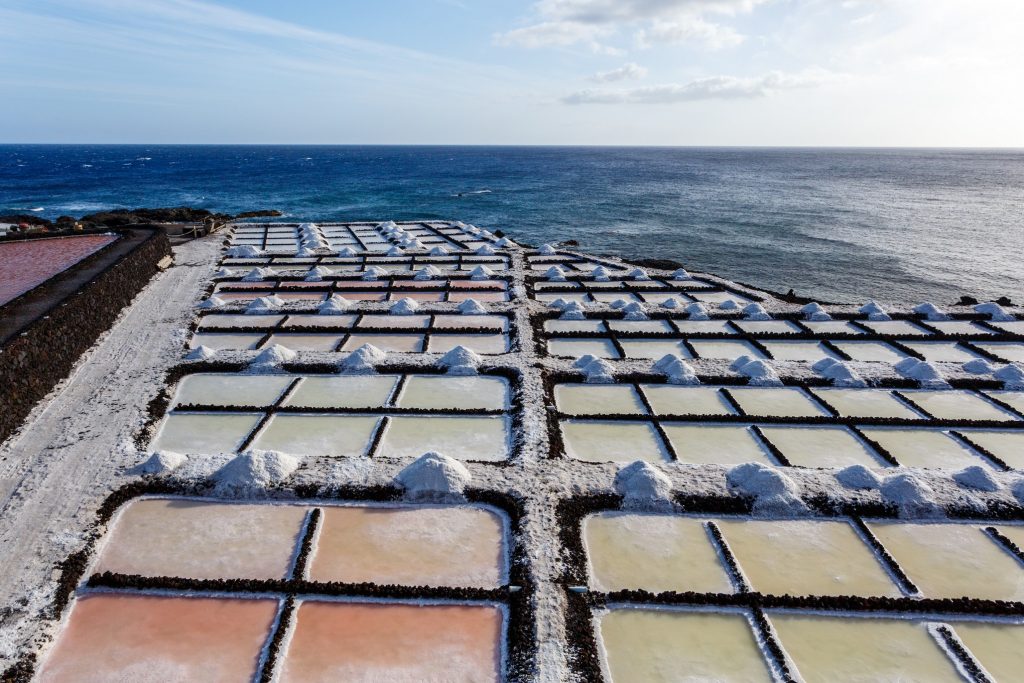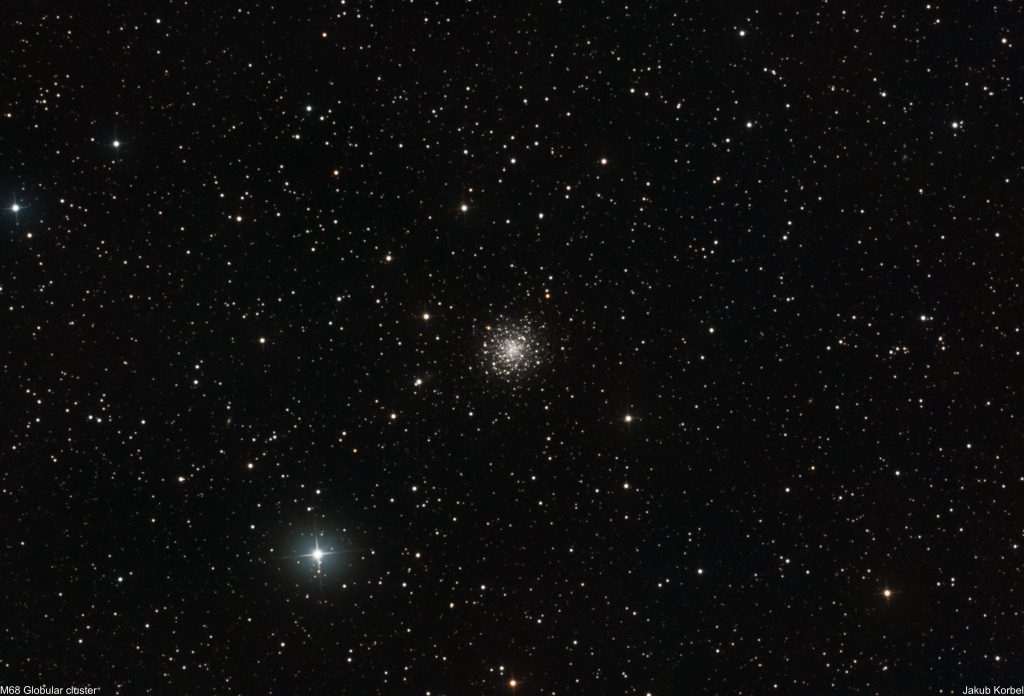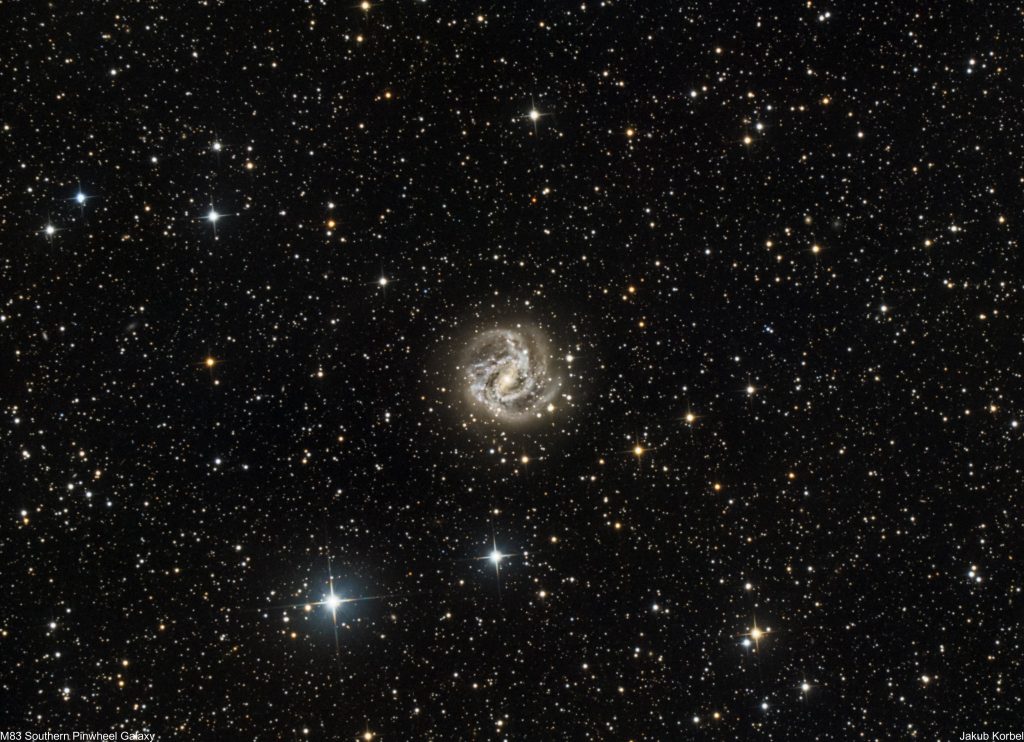All of my previous dark-sky expeditions were organized in the summer-autumn part of the year. At this part of the year shines the galactic core of the Milky Way during the night (only if the sky is dark enough) and there are many deep space objects available. During my expedition to Milos, I managed to capture a huge part of the Messier catalog. However, there are some deep space objects, which are badly visible from my home and which have to be captured in the spring. I was researching where can I spend a few days, preferably somewhere south and even more preferably under dark skies. Googling yielded in the brilliant idea – La Palma, Canary Islands. This island belongs to the three most prominent spots on Earth for astronomy (together with Mauna Kea in Hawaii and European Southern Observatory in Chile). The observatory on La Palma is called Roque de Los Muchachos and currently, there is the largest optical, single-aperture telescope on this Planet (The Gran Telescopio Canarias). The observatory is built on the highest mountain of the island at an altitude nearly 2500 meters above sea level. On the whole island, there are strict rules for street illumination, therefore the dark skies are not the privilege of the highest mountains, but nearly everywhere are the conditions great, maybe except two big towns – Santa Cruz de La Palma and Los Llanos. The dark sky is probably the same touristic attraction on La Palma as the beaches on the Greek islands.
Theoretically, La Palma should be a paradise for astrophotographers. How was it in the reality? Well, I was not lucky at all with the weather. I got only one clear night out of ten. During the day it was nice and sunny, but nearly every evening the clouds rolled in and I was able to photograph only dark clouds. According to the weather statistics, there should be only one rainy day in May in La Palma. Moreover, cloud cover should be present only 30% of the month, the rest should be sunny. Hmm, probably we hit the 30% spot in the calendar.
On the other hand, the island is beautiful and offers many other activities, like hiking, whale watching, sightseeing, etc. People are friendly, nature breathtaking, food delicious and vine excellent. From this point of view, it was fantastic. In the end, I was able to capture two deep space objects, which have very low southern declination (not far from the horizon) if observed from Central Europe. Specifically, they were M68 globular cluster in constellation Hydra and M83 Southern Pinwheel Galaxy also in constellation Hydra. These two objects were on my “must capture” list, so in the end, it was not so bad.
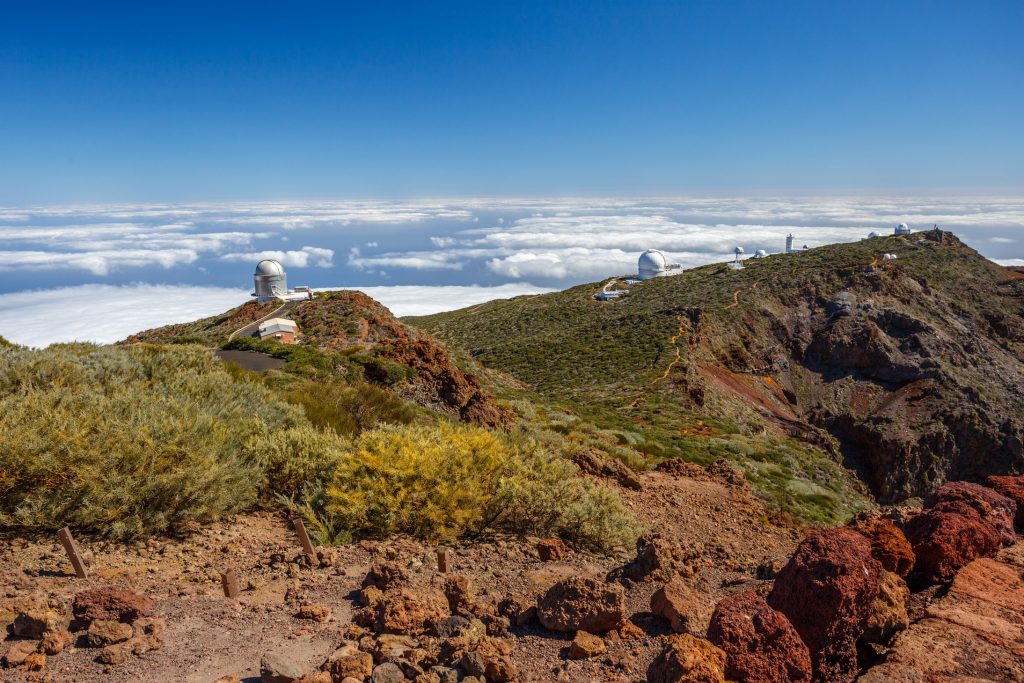
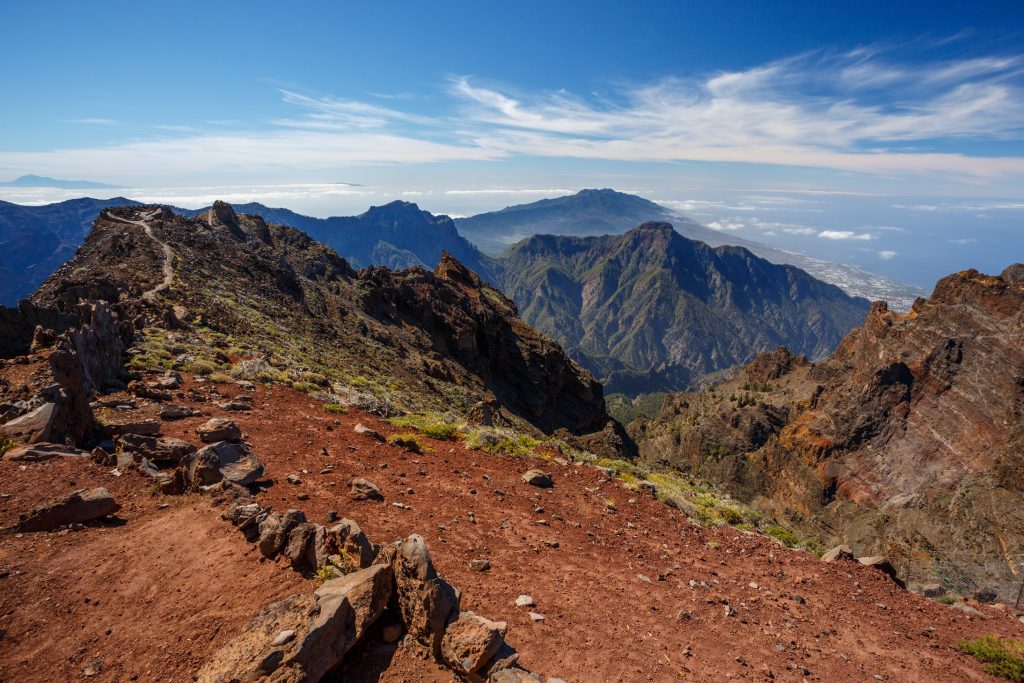
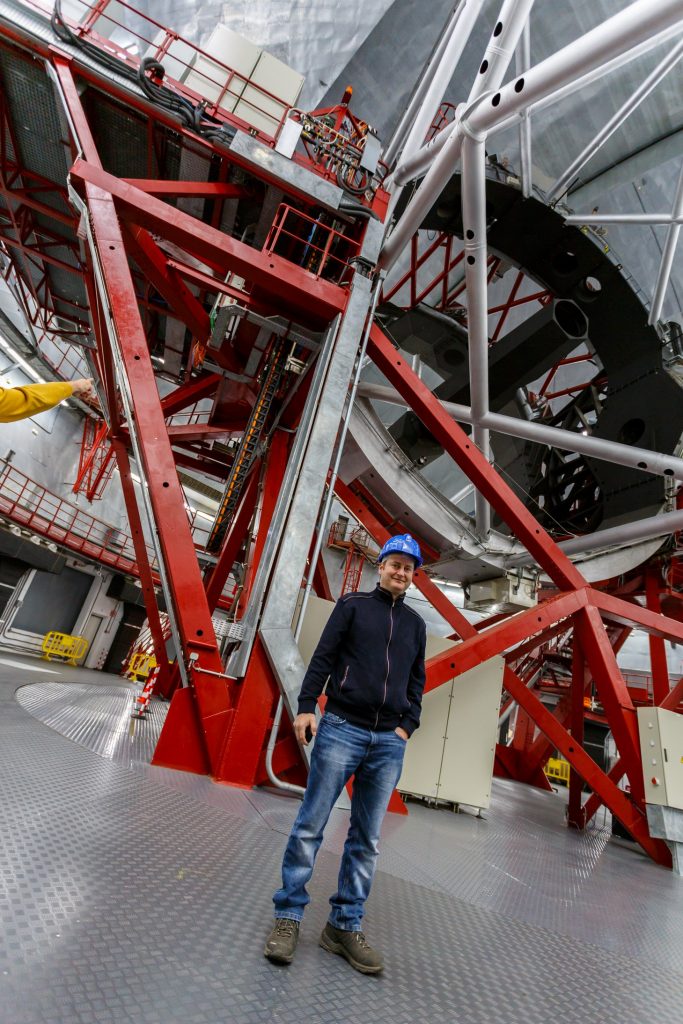
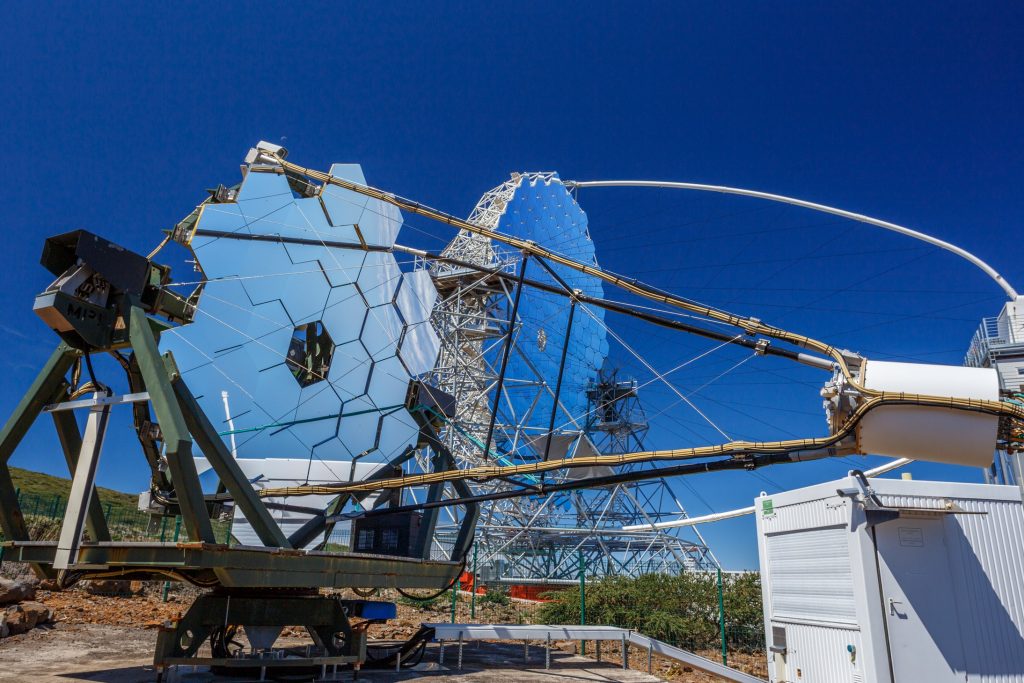
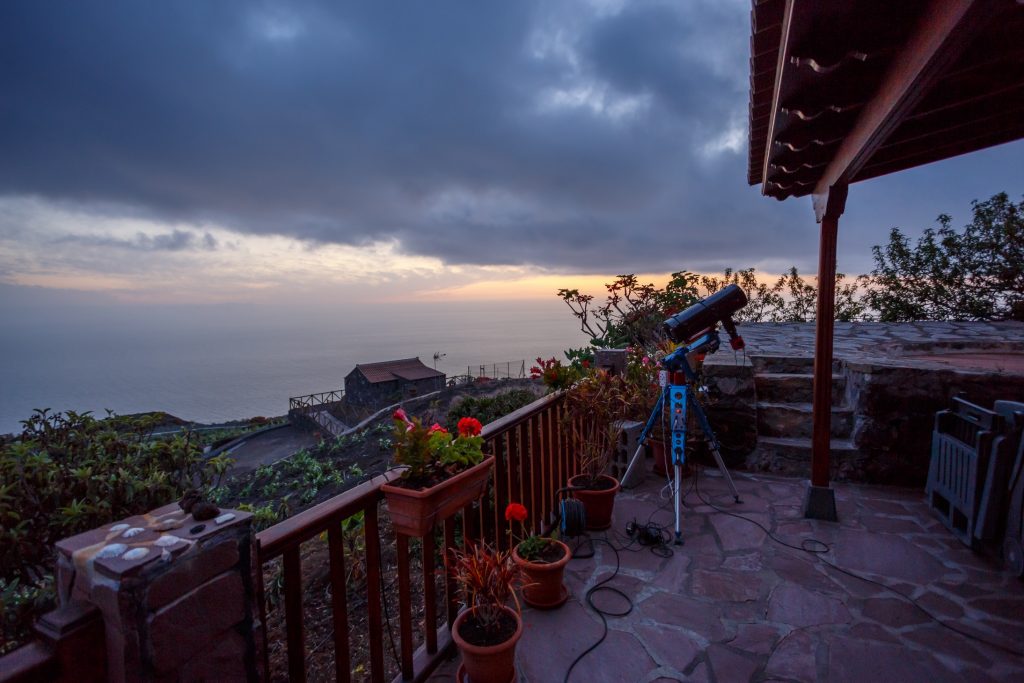
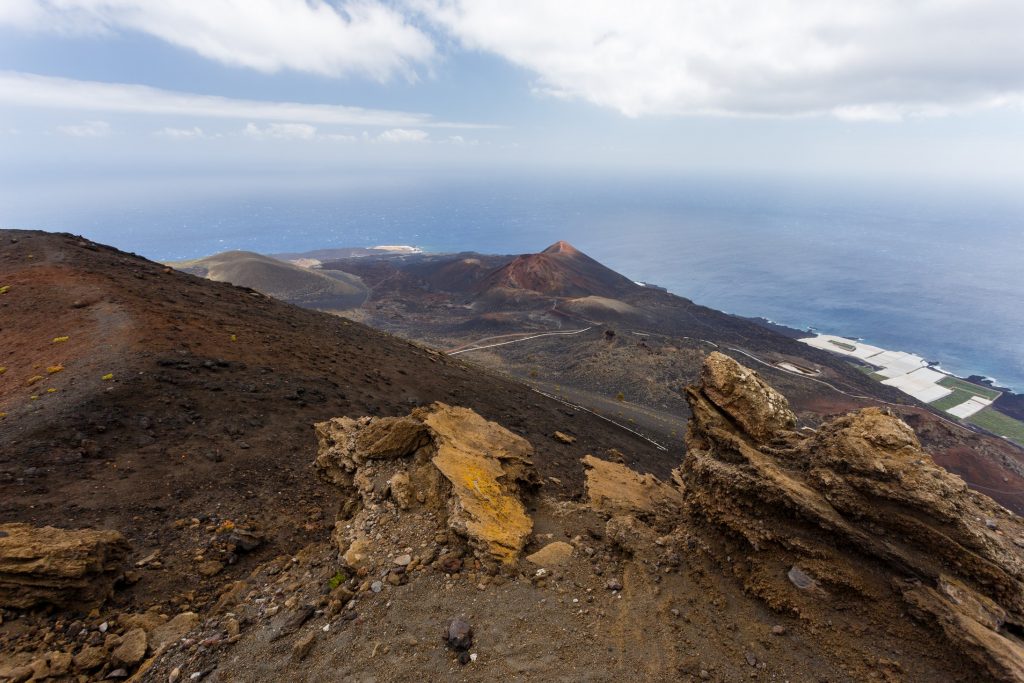
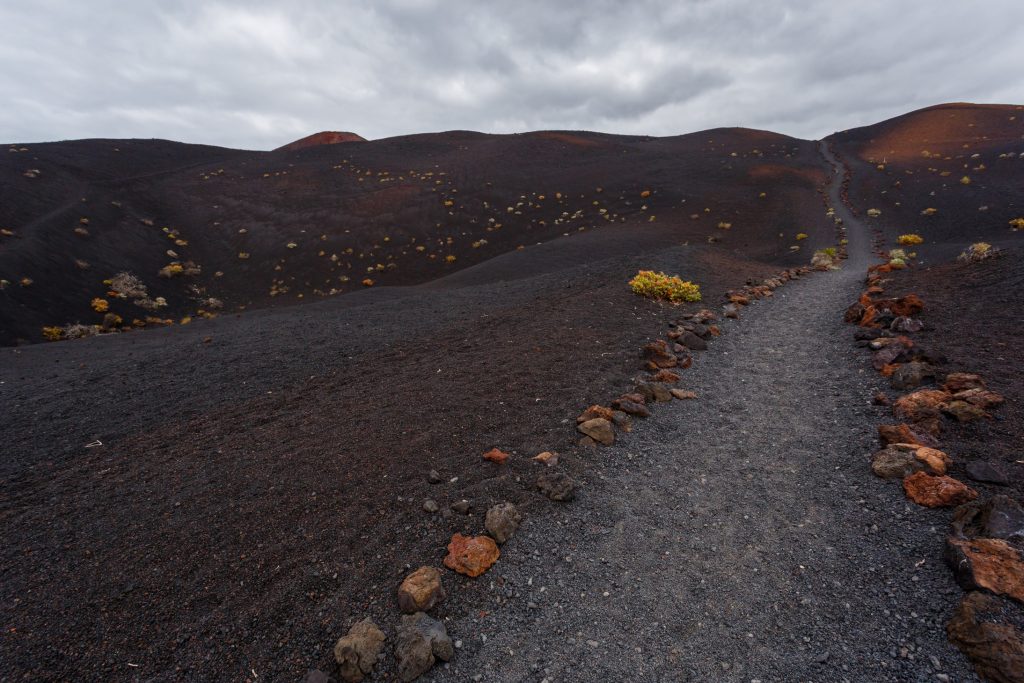
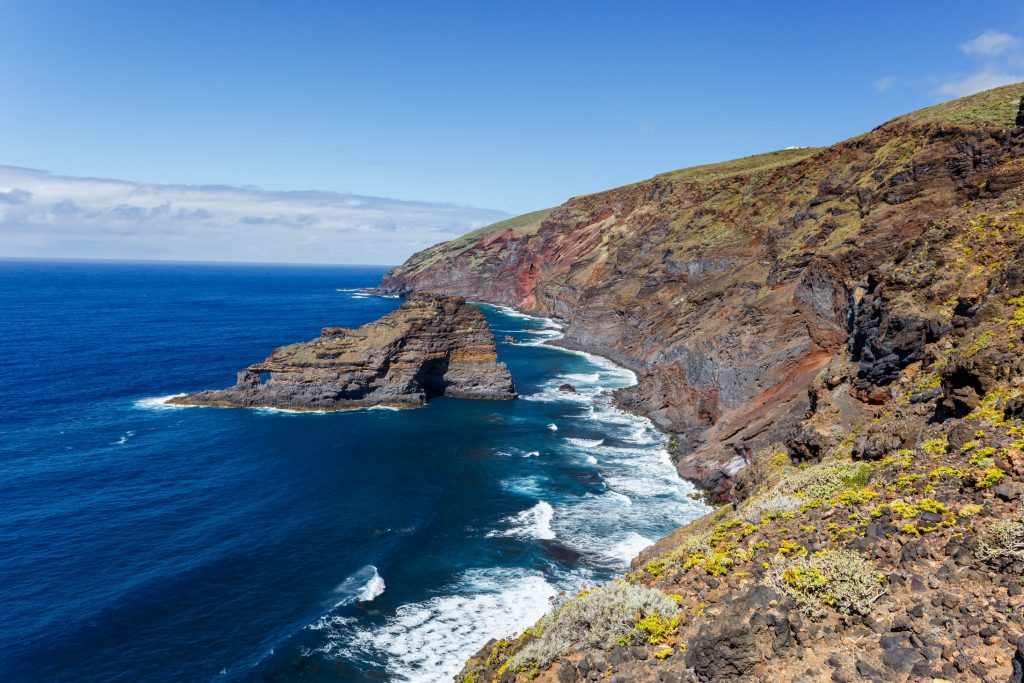
Puerto de Sto. Domingo
